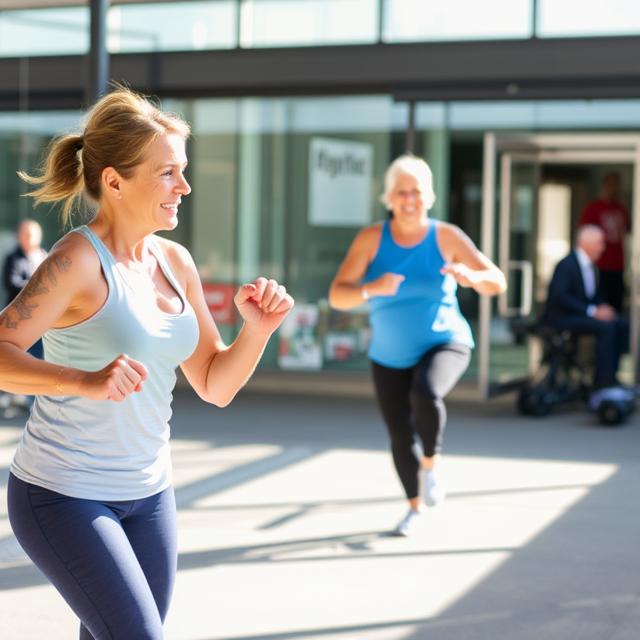As we age, maintaining our physical and mental well-being becomes even more crucial. While many seniors focus on walking, yoga, or light weightlifting, cross-training — incorporating a variety of exercise types — offers a wealth of untapped benefits. This balanced approach to fitness isn’t just for athletes or younger individuals. Seniors can gain increased mobility, enhanced mental agility, stronger cardiovascular health, and better protection against falls and chronic disease through a thoughtful, diverse fitness routine. Here are six powerful benefits of cross-training that older adults should not miss out on.
1. Boosts Overall Mobility and Flexibility
As the body ages, joints can stiffen and muscles may lose elasticity, leading to restricted movement and discomfort. Cross-training helps counteract these changes by introducing a mix of exercises — such as swimming, tai chi, stretching, and resistance training — that target various muscle groups and promote joint flexibility. Rather than overworking one area, it allows the body to move in multiple directions and patterns, improving functional range of motion. Activities like yoga enhance balance and stretch deep muscle tissues, while resistance bands improve strength without putting stress on fragile joints. Regularly switching between these modalities prevents muscular imbalances and keeps connective tissues pliable. Over time, seniors may notice improved posture, easier walking, better reach, and less joint stiffness. This can significantly improve everyday activities like getting out of bed, bending to tie shoes, or picking up groceries. By regularly incorporating different movements and muscle challenges, cross-training not only supports the body in maintaining mobility but helps restore it, ensuring that seniors move with greater ease, confidence, and less discomfort throughout their day.

2. Reduces Risk of Injury and Falls
Falls are one of the leading causes of injury among seniors, and a sedentary lifestyle only heightens this risk. Cross-training, by promoting full-body strength, coordination, and balance, is a powerful preventative measure. Traditional fitness routines often favor certain muscle groups, which can lead to weaknesses or instability in others. Cross-training engages the body more comprehensively. For example, a regimen combining strength training, walking, and balance drills strengthens the legs, stabilizes the core, and sharpens reflexes — all vital for fall prevention. Additionally, proprioceptive exercises such as standing on one foot or using a balance board help the nervous system better detect shifts in posture or movement. This boosts reaction time and coordination, reducing the likelihood of falls. Furthermore, cross-training limits the repetitive strain caused by doing the same type of workout daily, lowering the chance of overuse injuries. Seniors who train this way also tend to have better bone density and joint health, which adds another layer of protection. Whether it’s walking on uneven ground or reaching for something on a high shelf, cross-trained seniors are simply more equipped to handle daily life safely and independently.
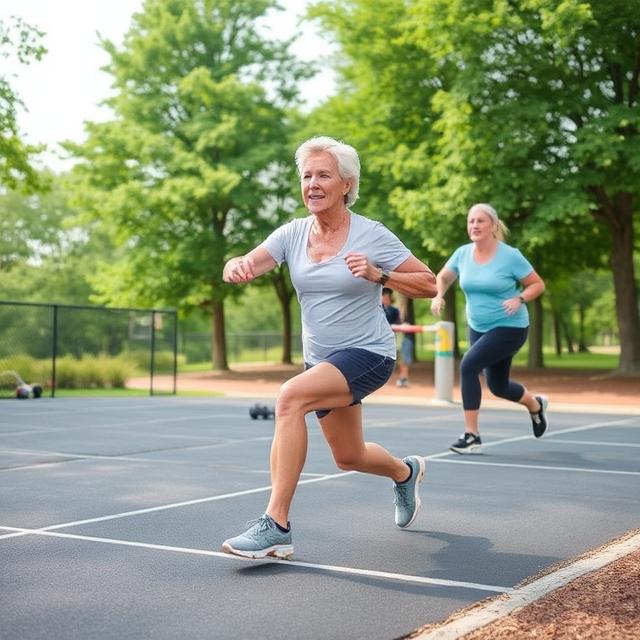
3. Enhances Cardiovascular and Respiratory Health
Cardiovascular health tends to decline with age, increasing the risk of conditions such as hypertension, stroke, and heart disease. Cross-training can counteract these risks by promoting regular cardiovascular activity through a variety of low-impact options. Unlike monotonous cardio routines that might bore or strain the body, cross-training allows seniors to alternate between heart-pumping activities such as swimming, cycling, walking, and rowing — all of which are joint-friendly yet effective at strengthening the heart and lungs. These exercises improve circulation, increase oxygen uptake, and help manage blood pressure and cholesterol. By engaging in different cardio formats, seniors keep their routines fresh and enjoyable, reducing the risk of burnout and maintaining long-term consistency. Also, the body benefits from cardiovascular stress in different postures and intensities, which improves adaptability and stamina. Over time, seniors who cross-train often report increased energy, easier breathing during daily activities, and greater endurance for everything from household chores to travel. Improved circulation can also benefit skin health, brain function, and immune response. Ultimately, diverse cardiovascular training supports a more robust heart and respiratory system, significantly boosting overall longevity and quality of life.
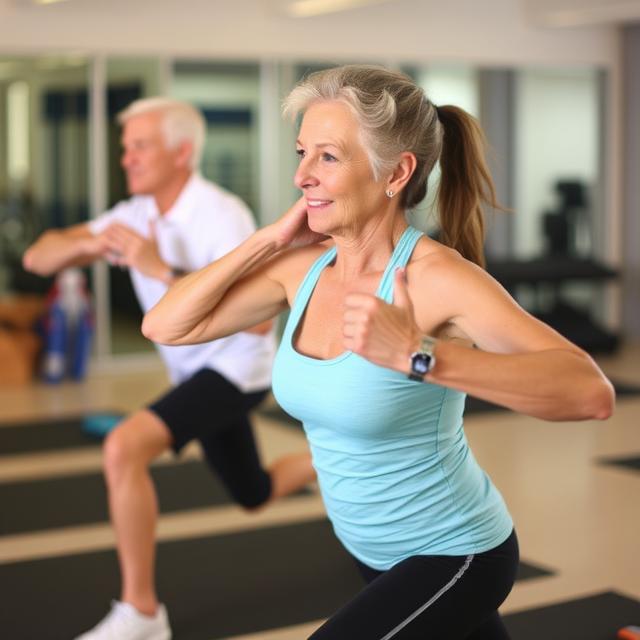
4. Supports Mental Health and Cognitive Function
Mental clarity, emotional resilience, and cognitive performance often decline with age — but physical exercise, particularly cross-training, can slow or even reverse this trend. Engaging in a variety of workouts stimulates different areas of the brain. Aerobic exercises increase blood flow to the brain, improving memory and reducing symptoms of anxiety and depression. Resistance training boosts neuroplasticity and supports the release of endorphins, which enhance mood. Even coordination-based workouts, like dancing or martial arts, challenge the brain to process new patterns and improve motor learning. The constant variety involved in cross-training keeps the mind engaged and curious. Unlike routine workouts that may become mindless, mixing up physical activities requires focus, decision-making, and adaptability. Moreover, group-based cross-training classes foster social connection — an essential factor for mental well-being in seniors, who may face loneliness or isolation. This social interaction, combined with physical movement, significantly improves emotional health and combats cognitive decline. Seniors who regularly cross-train often report sharper memory, better problem-solving skills, and a more positive mood. By diversifying exercise routines, seniors not only strengthen their bodies but also maintain a vibrant, alert, and joyful state of mind.
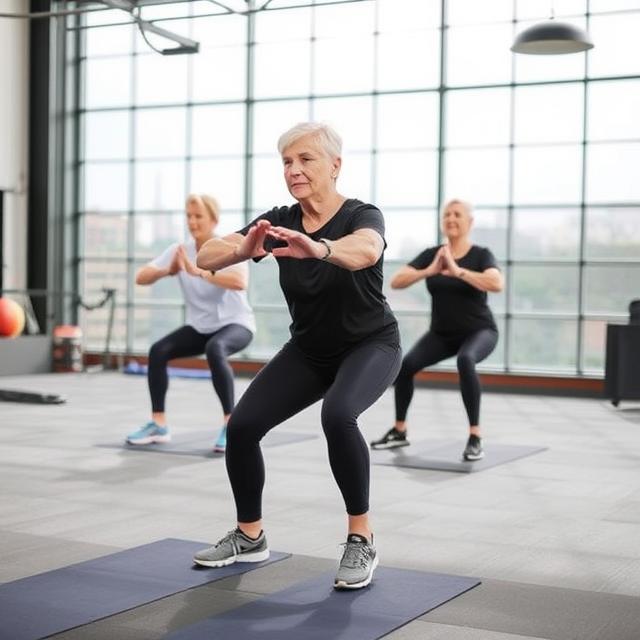
5. Improves Muscle Strength and Bone Density
Aging naturally brings a decline in muscle mass and bone strength, increasing the risk of frailty, fractures, and osteoporosis. Cross-training offers a proactive solution by integrating strength-building exercises that target both muscle and skeletal systems. Weight-bearing workouts like resistance band training, light dumbbells, bodyweight exercises, or even gardening help stimulate muscle fibers and bone cells, signaling the body to preserve and build these vital tissues. By varying resistance styles, cross-training prevents muscular fatigue and promotes balanced development across different body regions. Additionally, combining strength with impact-free cardio (like water aerobics or elliptical training) supports endurance while reducing joint strain. Over time, seniors experience stronger legs for walking, a firmer grip for holding objects, and improved posture — all of which translate into greater independence and daily functionality. Enhanced bone density means fewer fractures in case of falls, while muscular strength protects joints and stabilizes movement. This layered approach not only combats age-related degeneration but also renews confidence in the body’s physical capabilities. With consistency, seniors can rebuild strength, improve balance, and maintain an active lifestyle well into their later years — a goal that cross-training makes both achievable and enjoyable.
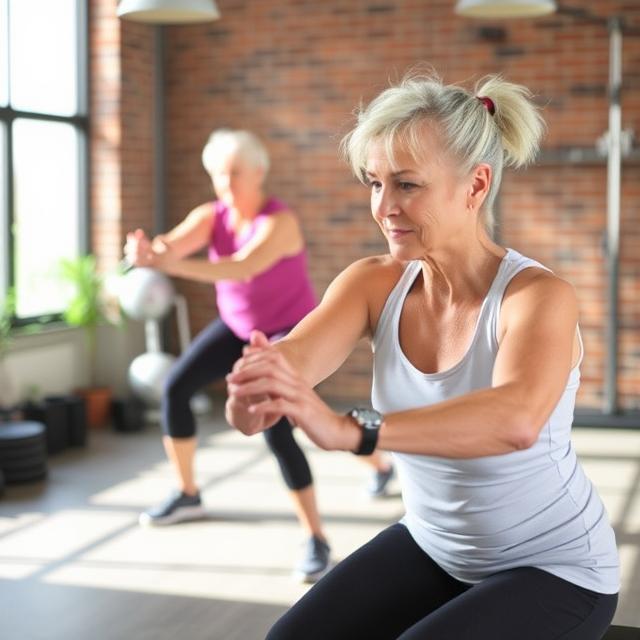
6. Keeps Workouts Engaging and Sustainable
Let’s face it — doing the same exercise every day gets boring. For seniors, motivation is key to maintaining a consistent fitness routine. Cross-training helps keep workouts fresh, fun, and mentally stimulating by offering a diverse range of activities. Whether it’s alternating between dance classes, water aerobics, light hiking, or resistance band routines, this variety breaks the monotony and prevents mental fatigue. The excitement of trying something new increases the likelihood of sticking with an exercise program long-term. Moreover, rotating different workouts gives the body time to rest and recover, preventing burnout or overuse injuries that could derail progress. Each activity also complements the others, enhancing total fitness while keeping every session interesting. Many seniors find joy in discovering new hobbies through cross-training, whether it’s joining a tai chi group or mastering chair yoga. This enjoyment transforms exercise from a chore into something to look forward to. And when fitness becomes a source of pleasure, not pressure, it’s easier to commit to it as a lifestyle. By embracing variety, seniors can ensure their fitness routine remains both effective and deeply rewarding for years to come.
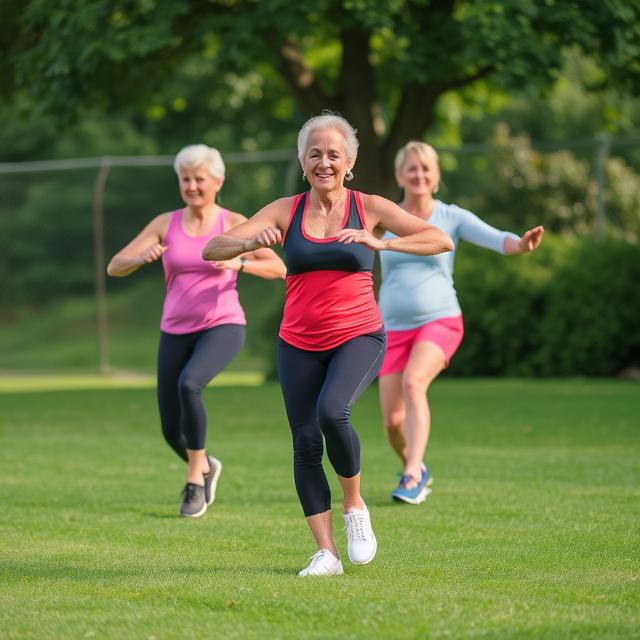
Cross-training empowers seniors to thrive rather than just age. By integrating variety into their fitness regimen, older adults can protect their bodies, sharpen their minds, and preserve their independence. It’s a holistic approach that addresses the full spectrum of health — physical, emotional, and cognitive. In a time when staying active can make the difference between dependence and freedom, cross-training offers a smart, sustainable path forward. Whether you’re just starting out or looking to upgrade your current routine, the benefits of cross-training are too valuable to miss.


